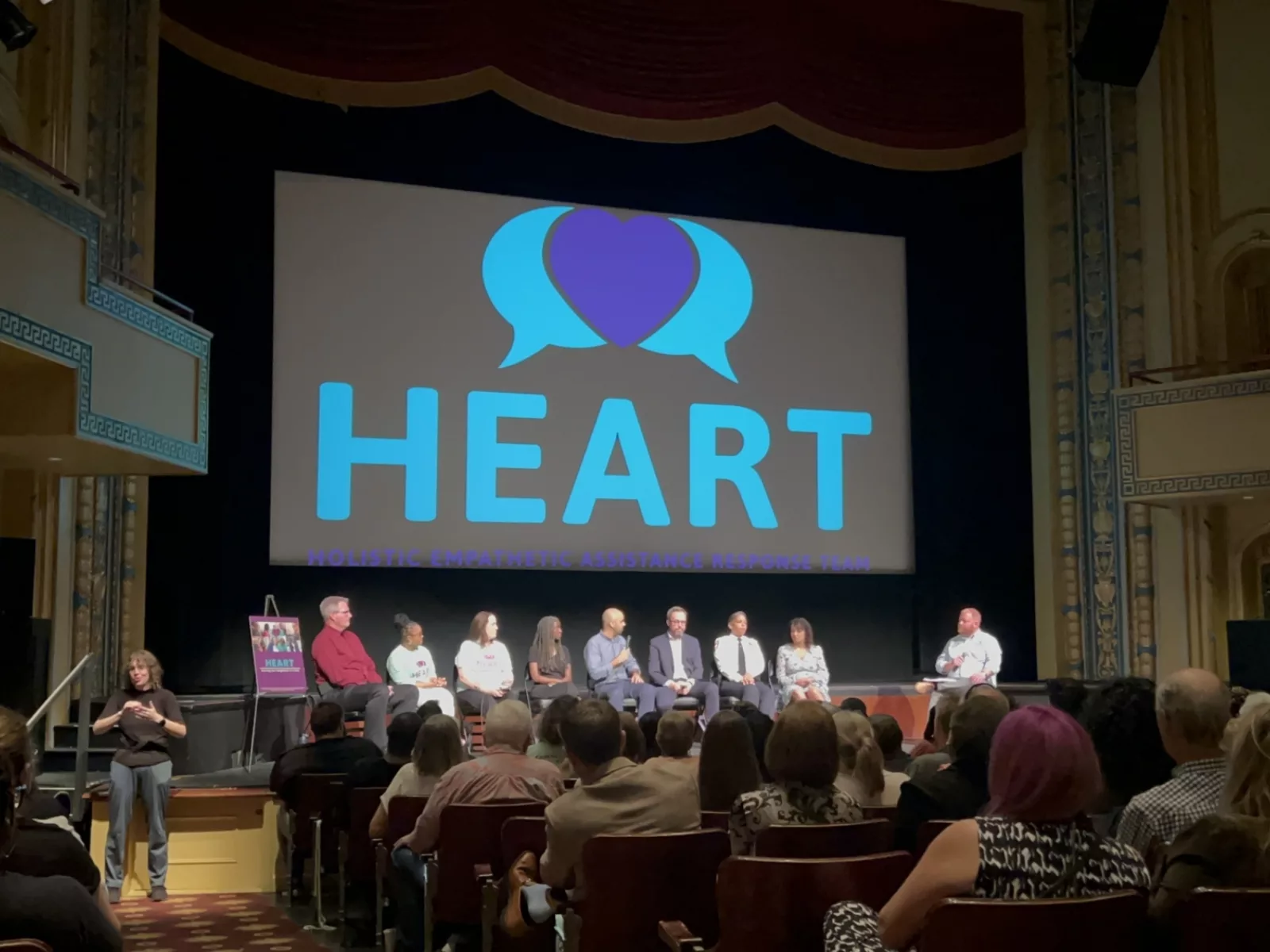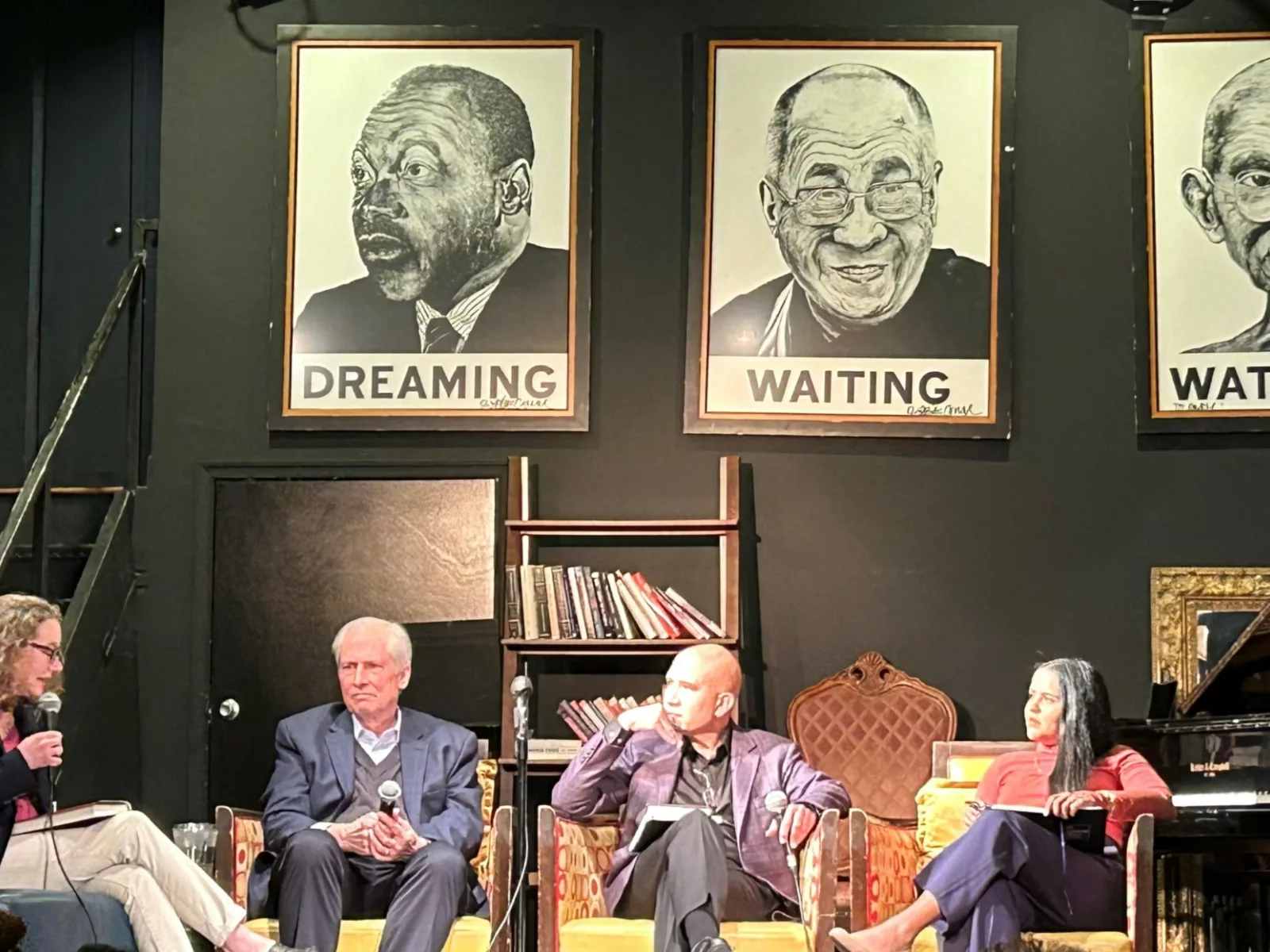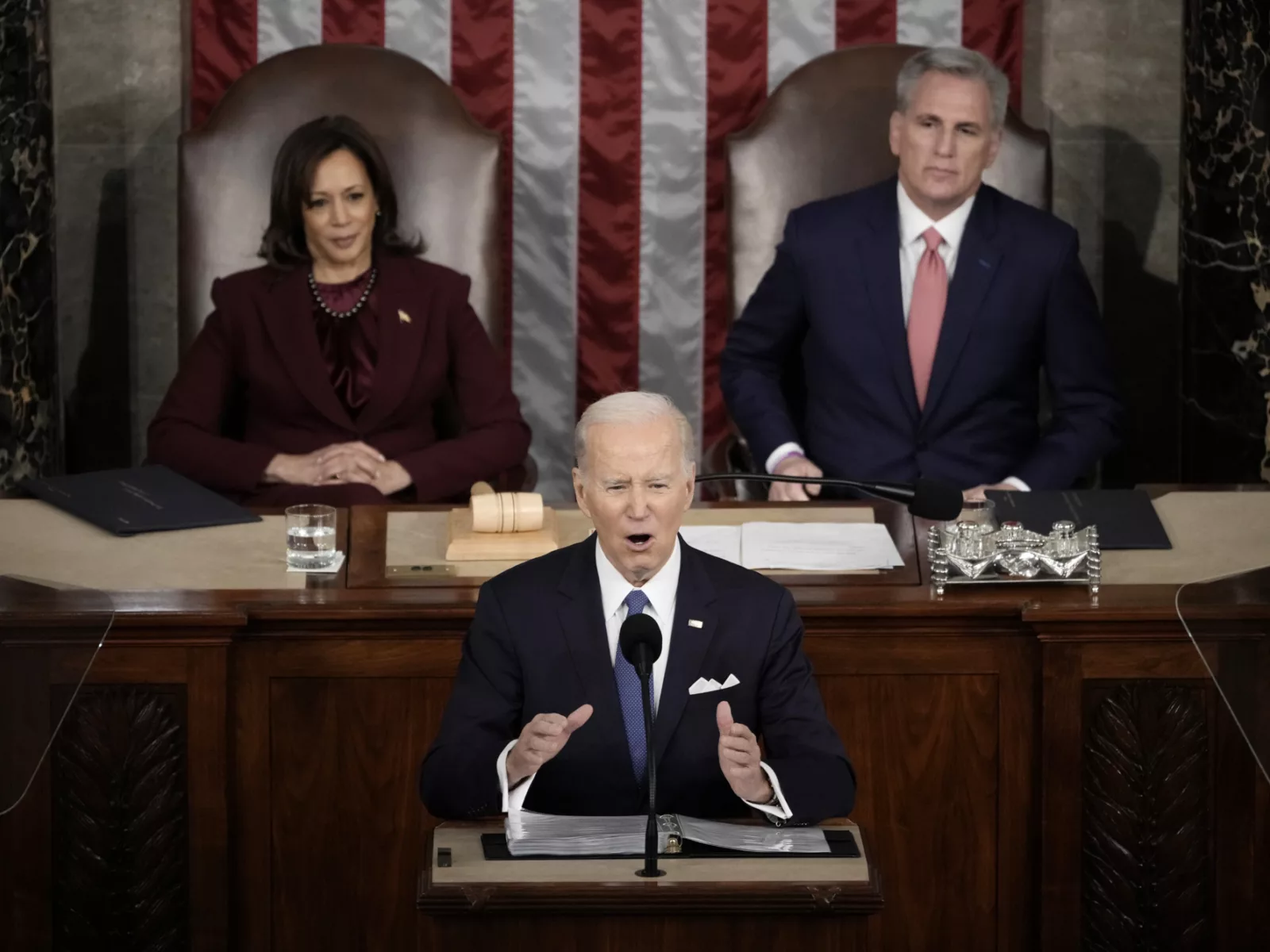After the mass shootings in Odessa, El Paso, and Dayton, millions of Americans have yet again come together in a resounding call for politicians to “Do Something.”
The opportunity to finally act is right before them.
That action will hopefully include significant funding for research — the oft-overlooked but critical missing piece in any solutions-oriented conversation. The sad truth is, unlike other areas, the federal government hasn’t invested in the fundamental research we need to identify which policies most effectively save lives from gun violence. In 1996, Congress passed the so-called Dickey Amendment, which for many years was interpreted — mistakenly — as a ban on gun violence research by the Centers for Disease Control.
That mistaken interpretation of the Dickey amendment has meant that many basic questions about how to prevent gun violence have gone unanswered. The reason it’s so important to echo calls for action with calls for research is because instituting new laws means nothing if they don’t actually save lives. Unfortunately, Congress’ funding freeze has hindered the field for decades and denied us the evidence to back up the gun violence interventions we as a country are now discussing.
For any other leading cause of death, from sepsis to car crashes, we have years of research to draw from. Gun violence remains one of the least studied and least funded causes of death in the United States — receiving about 1.6% of the funding predicted given the number of deaths, according to a 2017 study published in the Journal of the American Medical Association.
Driven by an understanding of the urgency of this problem, philanthropy has begun to step in to fund this kind of research. Following the example of our colleagues at the Joyce Foundation and the California Wellness Foundation, Arnold Ventures funded the National Collaborative on Gun Violence Research, which just awarded $9.8 million to fund 17 projects studying gun violence policies.
But philanthropy can never come close to providing the breadth, depth, and scope of funding that would be possible from the federal government. Many crucial questions require national data collection over many years and a rigorous research program that would almost certainly require long-term support by the federal government.
In the aftermath of the recent shootings, Republicans may be ready. Sen. Lindsey Graham, R‑South Carolina, and Sen. Richard Blumenthal, D‑Conn., have been working together to create a federal grant program to help fund red flag programs at the state level, for which we do have promising preliminary findings. It’s great that we’re finally seeing serious congressional effort to combat gun violence, but it would be even better if we had a robust research agenda to help guide these reforms.
The House of Representatives has taken the next step by approving $50 million for the CDC and the National Institutes of Health to study gun violence and policy. And Sen. Johnny Isakson (R‑Ga.) introduced legislation to provide $75 million per year for five years to the Centers for Disease Control and Prevention to conduct research. Now it falls to Senate leaders to sign on — or even add more.
We desperately need our government to do something. And that something should involve a commensurate investment in research.





















